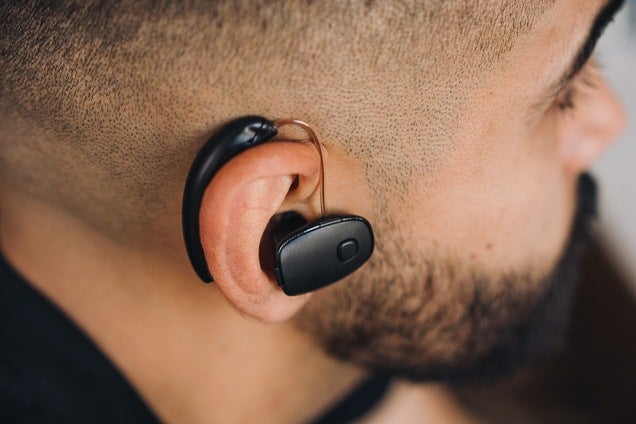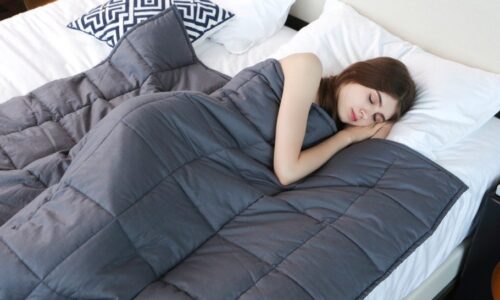Hearing protectors are devices used to protect an individual’s ears from harmful environmental influences such as noise. And, for the average person, there are many tools at their disposal. So, the following are the types of hearing protection that is now available:

- Earplugs are little plugs that are plugged into a person’s ear canal. They are disposable, may be customised, and can be reused.
- Semi-insert plugs comprise two plugs connected to a headband and are used to protect an individual’s ears. It makes it easier for a person to walk about without worrying about dropping or losing their belongings.
- Earmuffs, sometimes known as ear defenders, are a kind of ear protection. They are hard plastic cups used to enclose and protect a person’s ear. Cushion seals are used to keep them on the head, allowing for a more pleasant fit for the wearer.
An earplug is put into a person’s ear canal experiencing hearing loss. It is designed to protect the ear of the wearer from dust, water incursion, harsh noises, and excessive wind, among other things. Only a few people use these plugs to sleep, but it allows light sleepers to sleep more quietly with the plugs in their ears. These plugs also help prevent a person’s hearing skills from deteriorating further. Every person needs a particular kind of earplug to be effective.
A variety of things come into play, including what they want to use the plugs for and how comfortable they are with them. These plugs are composed of various materials, including thermoplastic, foam, wax, and silicon, to name a few. They are available in a plethora of different styles and dimensions. Moreover, individuals even have access to a limited number of specialised plugs.
So, consider the situation of a musician who is subjected to loud sounds. As such, there are only a few plug-ins available to musicians. Musicians may use these plugs to protect themselves from excessive noise while still enjoying their favourite songs on the radio.
Benefits of Using Earplugs
- Small and portable, making it simple to transport and store.
- It is simple to customise to meet one’s requirements.
- It is comfortable for extended periods, particularly in a hot and humid climate.
- It is also inexpensive, allowing it to be readily changed.
- It provides better protection at lower frequencies than ear-muffs.
Is It Possible to Wear Them When Sleeping?
Sleeping with plugs has been shown to improve sleep quality for those who use them to fall asleep. They are worn when sleeping to prevent noises from entering their ears and disrupting the user’s sleep using them. Light sleepers or those with a snoring spouse or companion most often utilise them.
The amount of sleep one obtains impacts the quality of one’s sleep, while sounds can jolt a person out of a deep slumber. Even if a person awakens for a few seconds, it will harm their night’s sleep. And that is because it takes a long time for the body to return to a state of deep sleep after being awakened. Moreover, according to a paper published in 2006, getting poor quality sleep for a lengthy period has a variety of negative consequences for one’s health. Among them are the following:
- Obesity
- Strokes
- Heart attack
- Diabetes and depression
- High blood pressure
A further paper published in 2012 stated that inadequate sleep might impair immune function and is associated with inflammation. Both papers state that getting poor-quality sleep will negatively influence an individual’s health.
So, to promote overall health, a person must prioritise excellent sleep. And the use of earplugs is a great way to ensure that you get a good night’s sleep, and there are many different varieties of the same available in the market. Meanwhile, the correct earplug is determined by various criteria, including comfort, quality, sound suppression level, and other considerations.

